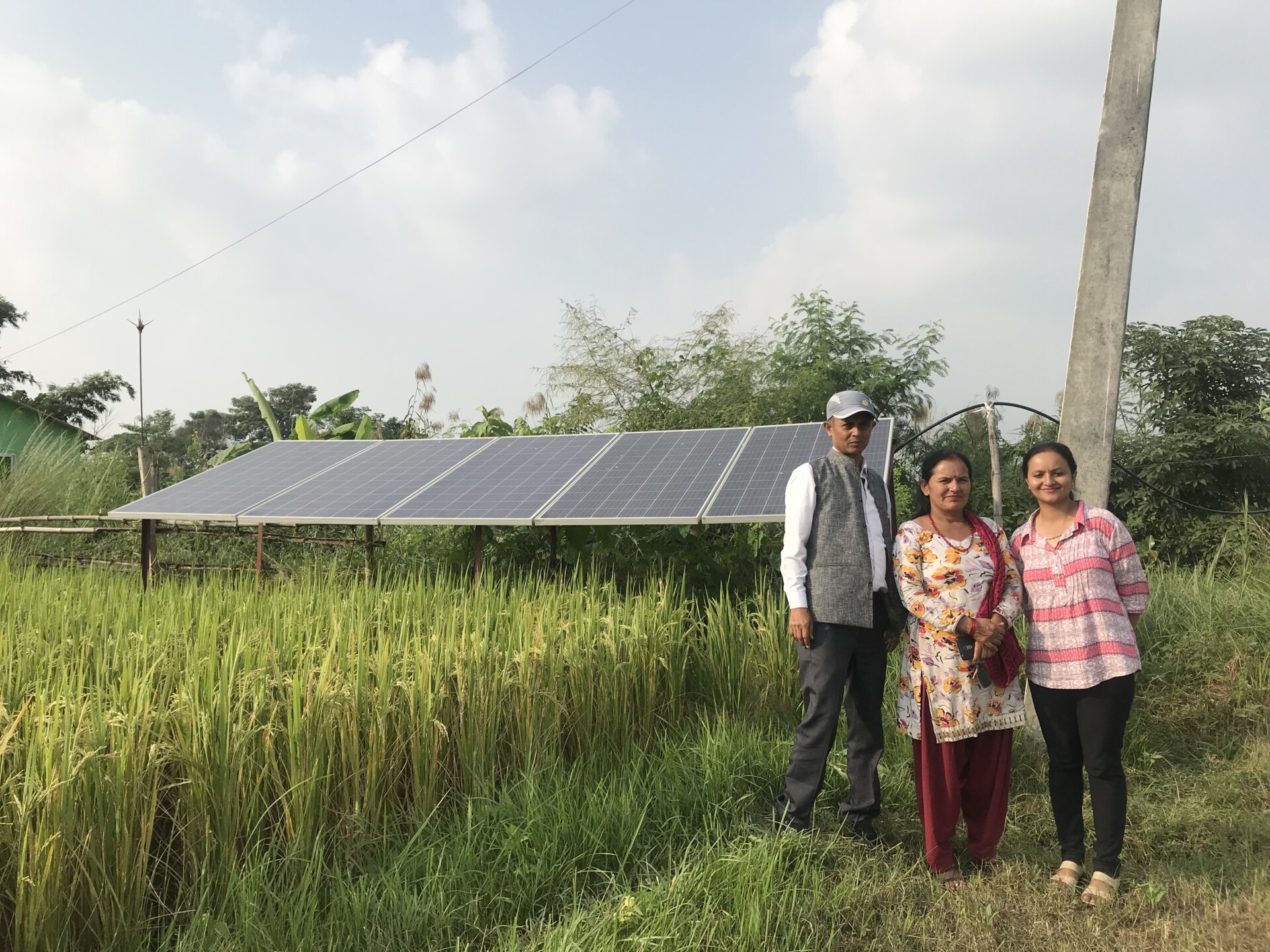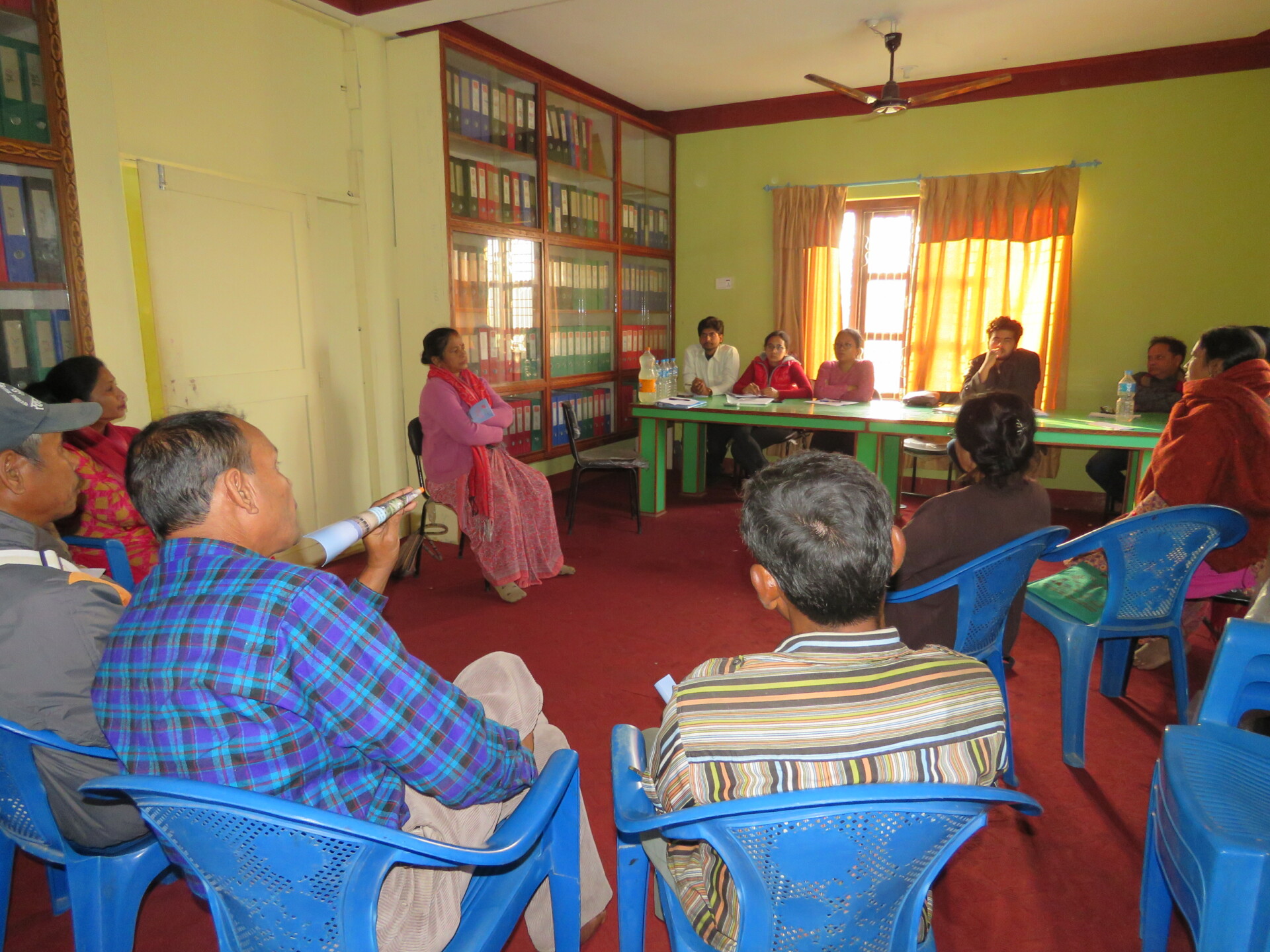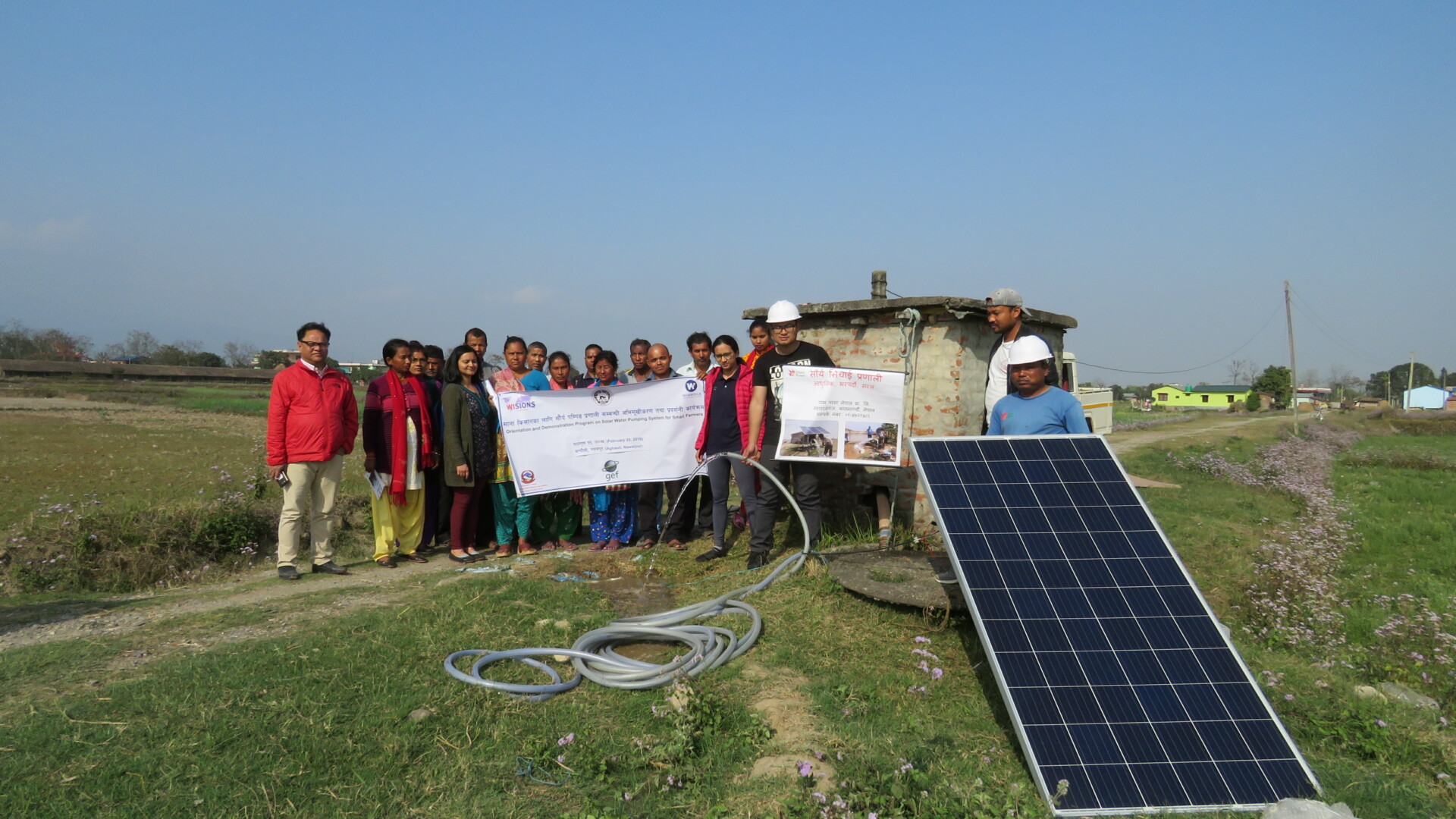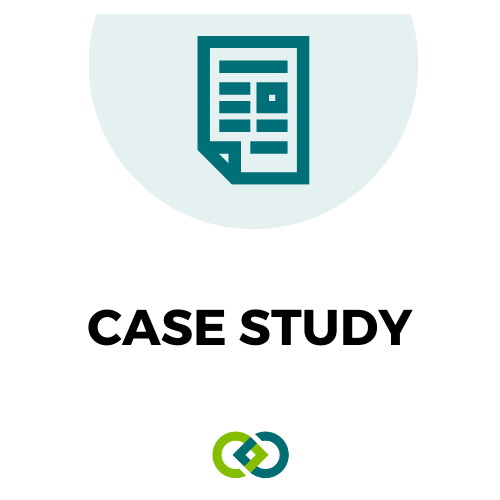To scale-up the use of solar water pumping systems and provide reliable irrigation.
By loading the map you accept the privacy policy of Google.
Most smallholder farmers in Nepal are dependent on labor intensive, time consuming and expensive methods for irrigation and livestock watering. The irrigation options available, such as rain-fed systems, hand pumps, diesel pump sets often limits the farmers to subsistence farming. A reliable and sustainable water supply is needed to increase agricultural productivity, improve livestock farming and ensure food security.
In recent years, Solar Water Pumping (SWP) technologies have enabled Nepalese farmers to produce surplus crops and improve their livelihoods. However, this technology has not been widely adopted due to a lack of awareness and knowledge about this technology. In addition, its high upfront cost makes the technology unaffordable for many farmers.
Exchange Needs and Objectives
The project “Knowledge Exchange for Making Solar Water Pumping (SWP) Systems Affordable to Small Farmers” aimed to facilitate knowledge exchanges within smallholder agricultural cooperatives (SFACLs) about how to provide solar water pumping systems for their members. It builds on previous experience of our local partner Winrock.




Participants & Target Group(s)
This exchange aimed at increasing the knowledge and capacities of farmers and farmers cooperatives, financial institutions, supplier companies and policymakers in rural municipalities. Eight smallholder farmer agricultural cooperatives were selected to take part in the project.Activities
The project organised various workshops and demonstration programs in three districts of Nepal for board members of SFCALs and smallholder farmers to demonstrate the technology and share best practices. They developed a training package and information materials (such as posters and booklets) in Nepali. Furthermore, they facilitated the development of a network of municipalities, different SFACLs, farmers, SWP supplier companies to promote SWP systems and upgrade subsistence farming to commercial farming. As access to finance is a major obstacle to SWPs, the project provided farmers with information about the Alternative Energy Promotion Centre (AEPC) subsidy programme and other finance options from financial institutions.
Results & Impact
Almost 700 people from all sectors were engaged in the project and in the end 29 farmers were selected for the AEPC subsidy programme in 2020. By the end of 2020, 17 farmers that attended the workshops had installed a SWP system, from which a majority was installed under the AEPC programme and only one with support from a financial institution. Since most of the SWP systems had not been long installed by the end of the project, the farmers were unable to calculate the precise increases in their income. However, experience from a previous project showed, that farmers with a SWP system were able to increase their annual income up to 50%. The technology had enabled them to increase crop cycles, fish and livestock farming. Due to savings on diesel, they had also reduced their operating costs. Further results were an increased interest of farmers to start commercial vegetable farming due to the reliable irrigation and the willingness to provide their neighbour's farm with surplus water if required. Additionally, the SFACLs that took part have made arrangements for the provision of credit to farmers who want to install a SWP system.
Lessons Learned
SWP system can be a more financially attractive option in areas where irrigation is highly dependent on diesel pumps because of potential fuel savings and higher incomes through commercial farming. Therefore, knowledge exchange programmes should be combined with training on commercial farming. Raising awareness of the technology and its benefits among finance institutions is crucial. In areas where farmers do not receive government subsidies, credit finance should be promoted for SWP systems, with a particular focus on commercial sectors such as aqua culture or livestock farming. Further lessons learned concern associated environmental issues: the ground water levels are quite low in some areas, which makes it difficult to extract enough water for irrigation. In addition, the installation and demonstration of an SWP system in river water was sometimes challenging as the water was often heavily polluted. You can find the detailed summary of this project for download on top of this page!Project Summary SP_014

Projects with same technology
Solar Powered Central Landing Area for Night Fishing in the Lagonoy Gulf, Philippines
The aim of this project is to improve the value chain of tuna handline fisheries by establishing a solar-powered central landing site for night fishing activities.
One Village, One Mill: creation of a small solar processing unit in Mekomo in central Cameroon
Projects in same country
Exchange: Knowledge and Advocacy for Productive End Use of Micro Hydro Projects
This exchange activity aims to contribute to the sustainability of micro hydro plants in Southern and Southeast Asia by increasing the load factors and financial bases through the implementation of proven best practices for productive end uses.
Exchange: Sharing Learning Across Projects: Operating Micro Hydro Plants (MHP) as Commercially Viable Enterprises
To empower local management committees to develop their MHPs into sustainable and profitable businesses